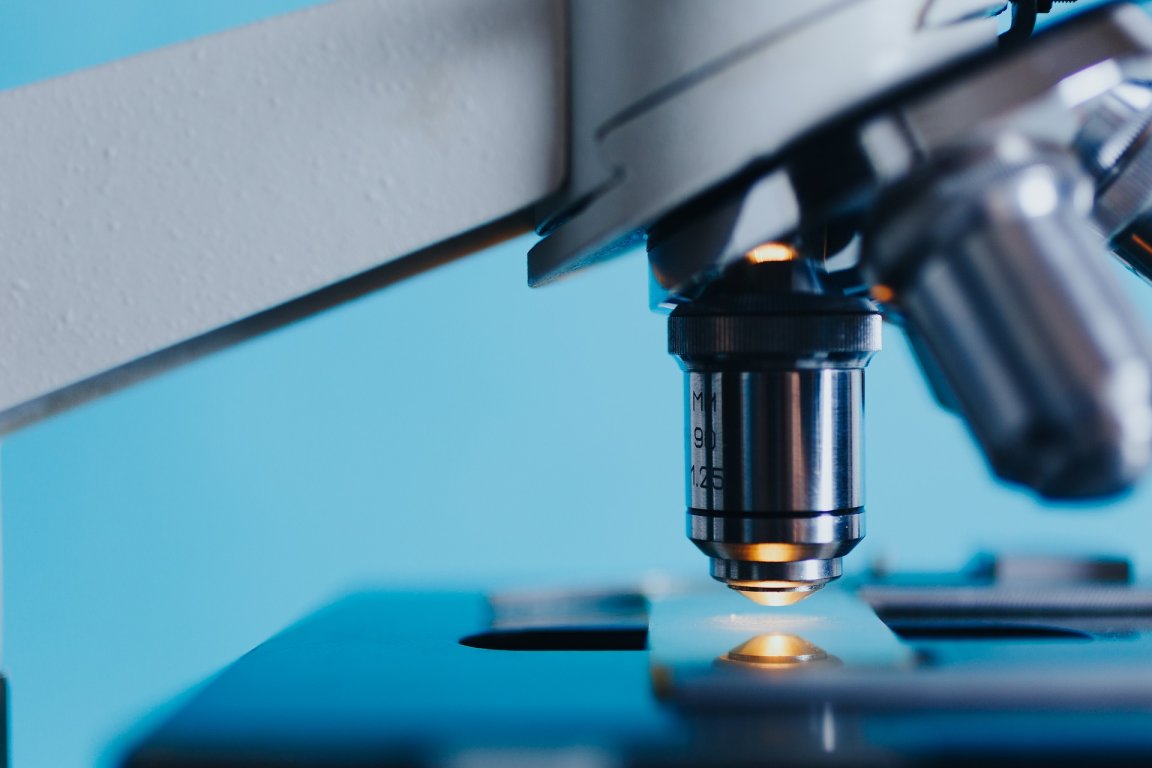
Key to Life
Researchers at the Stony Brook University Laufer Center for Physical and Quantitative Biology and the Lawrence Berkeley National Laboratory have partnered to discover more about how the basic molecules for life, proteins, DNA, and RNA, could have arisen from simpler chemicals created at the beginning of our Universe.
Scientists have been working to discover the origins of life on our planet for as long as science has existed, probably even longer. We have certainly come a long way from where our understanding began, yet we cannot completely map the evolution of life on Earth from the Big Bang today. While we are likely a very long way from that happening, if such knowledge is even possible to attain, each discovery still fills in a tiny hole of that missing information.
The researchers have devised a new computational model that may help to explain how chemical building blocks could have been stringed together to form longer chains with the ability to encode protein information which would have spurred the earliest forms of evolution. Their finding have been published in the online version of the Proceedings of the National Academy of Sciences (PNAS) journal.

Foundational Folding
According to Ken Dill, lead author, Distinguished Professor and Director of the Laufer Center, “The theoretical study helps to understand a missing link in the evolution of chemistry into biology and how a population of molecular building blocks could, over time, result in the emergence of catalytic sequences essential to biological life.” They have dubbed their findings “the Foldamer Hypothesis,” referring to the ability of particular polymer chains to fold and bind together to grow longer chains containing more informational molecules.
This model provides scientists with a testable hypothesis which will allow experimentation to confirm or refute their computational findings. This is an important step in discovering more information regarding the origins of live on Earth. “…we hope to have revealed a key step to understanding just how life started to form on earth billions of years ago,” explains Professor Dill. Understanding how we got here will be invaluable in allowing us to accurately discern where we’re going. Future findings could also clue us in to previously unknown factors that could help us find life elsewhere in the galaxy.